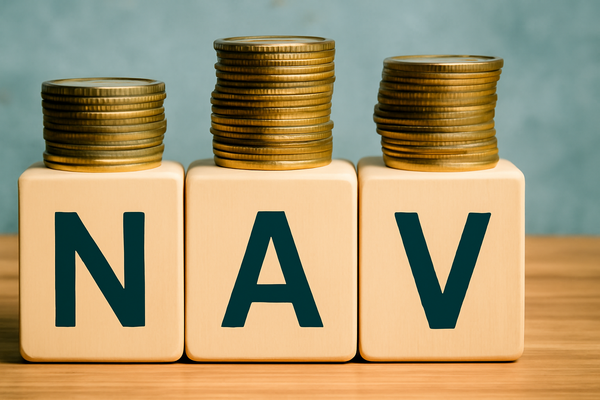The easiest way to start earning Dividends
A dividend is a payment made by a company to its shareholders, usually taken from its profits. To start of, all you need is a demat account.

We all consider the returns we get from investing in different companies, but how often do we look into dividends? Dividends are like surprise birthday gifts that companies give to their investors. You get these as cash deposited directly into your bank account when you own dividend-paying shares. It’s a smart way to grow your money, even while you sleep.
Starting to earn dividends in India is simple, and it’s a good way to make passive income alongside your regular earnings. Let’s discuss dividend investing strategies for beginners.
What exactly are Dividends?
A dividend is a payment made by a company to its shareholders, usually taken from its profits. Instead of reinvesting all profits in new projects or expansion, these companies decide to reward people who hold their shares.
It’s their way of saying “thank you for trusting us!” Every time a company announces dividends, if you own shares, you get that extra amount credited straight into your bank account. Many people see this as an effortless way to make their money work for them, on top of any gains from the rising value of the shares themselves.
2 common ways to earn Dividends
Here are the 2 common ways using which you can earn dividends:
- Direct Ownership of Stocks: This is the simplest and best dividend investing strategy for beginners. Here, you buy shares of companies with a strong track record, like ITC, Coal India, Infosys, or more, known for giving out dividends regularly. Bigger, stable companies (blue-chip stocks) usually pay steady dividends.
- Investing in Dividend Mutual Funds or ETFs: If picking individual companies makes you feel overwhelmed, you can buy units of mutual funds or exchange-traded funds (ETFs) that focus on dividend-paying stocks. These funds bundle together many such companies for you and spread your money across different businesses.
For investors, it’s a one-step way to get exposure to various reliable dividend payers. ETFs are bought and sold just like stocks, offering lots of flexibility and often at a lower cost compared to traditional mutual funds.
Both ways will allow you to receive periodic cash payouts while also having a chance to benefit if the company (or fund) rises in value over time. Whichever way you start, dividends can become a steady “bonus” stream alongside your regular earnings.
The simple steps to start earning Dividends
Getting started with investing in dividend-paying stocks doesn’t require you to have a finance degree. Here are the steps for every new investor.
1. Open a Demat and Trading Account
To start, you will need two things: a demat account to store shares electronically and a trading account to buy or sell shares on stock exchanges like NSE or BSE. Dhan combines both for you, making it easy for you to start your investment journey.
Did you know: Dhan lets you track Dividends separately in a dedicated Dividend Dashboard.
2. Link your bank account
Dividends are credited directly to your linked bank account. So, you need to ensure that your demat account is connected to your bank account.
3. Choose the right stocks
Look for financially stable companies with a history of regular dividend payouts. Key factors to check:
- Dividend Yield: Shows how much money you’ll receive in the form of dividends compared to the share price. For example, if a stock costs ₹1000 and pays ₹50 yearly, the yield is 5%.
- Payout Ratio: Tells what portion of profit is given out as dividends. A figure below 70% is usually considered safe.
- Track Record: Companies that have never skipped dividends in the recent past are generally reliable.
4. Start small and diversify
You should never bet all your money on one company. Spread your investments across different sectors and different companies to reduce risk. Even with ₹5,000 to ₹10,000, you can start building your portfolio.
How do returns look?
Let’s say you invest ₹1,00,000 across a few dividend-paying stocks with an average yield of 6%. That’s ₹6,000 a year as passive income, credited directly to your bank account, without selling any shares. And if the companies grow, your shares may also rise in value, bringing double advantages.
That said, make sure that you don’t:
- Chase the highest yield: Extremely high dividend yields could mean the company is in trouble.
- Ignore payout ratios: Too high means the company might not have room to grow.
- Put all your money in one Stock: Diversification is key.
A few things you can do a long way are:
- Reinvest Dividends: Use your earnings to buy more shares and compound your future income.
- Stay Consistent: Add small amounts regularly to your portfolio.
And.. it’s a wrap!
Anyone can start earning dividends. Make sure that you focus on reliable companies, diversify your portfolio, and keep learning as you go. Let those extra rupees come to you, so your money is always working harder. Happy investing!




